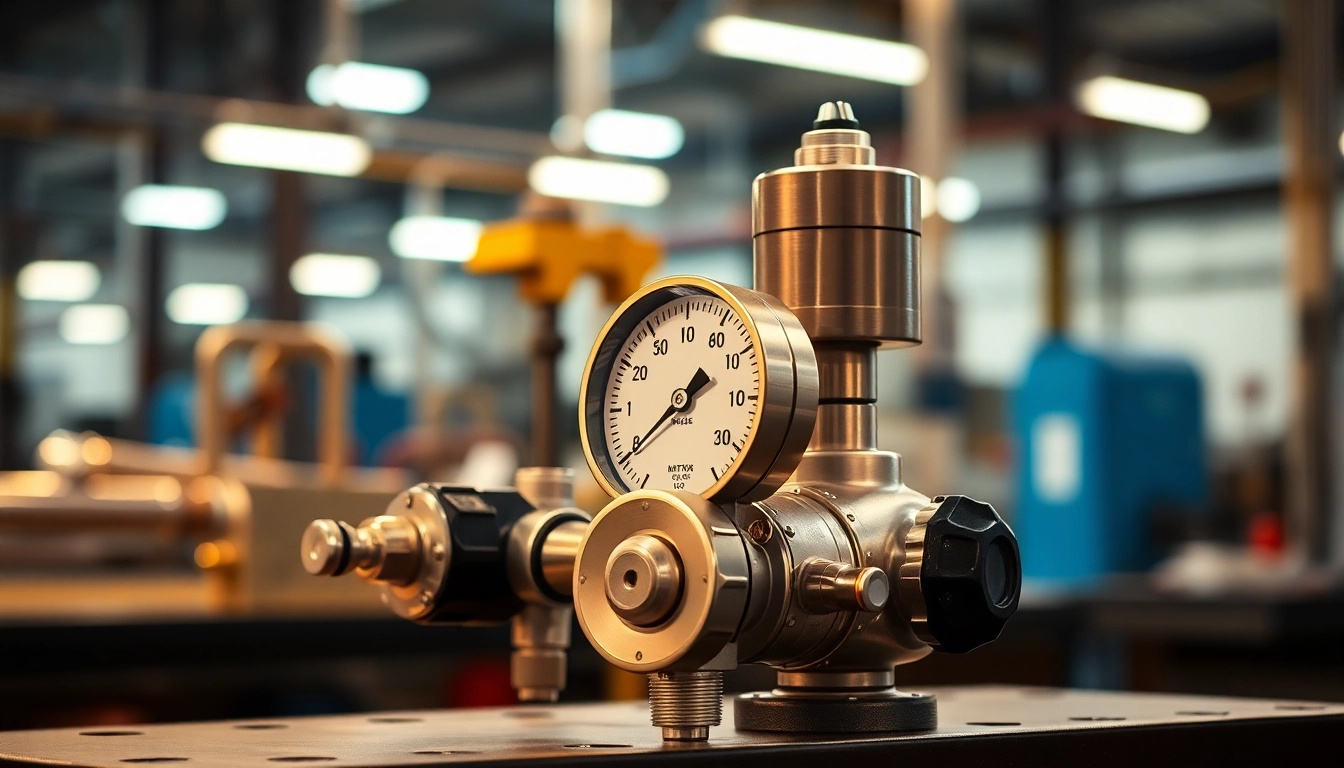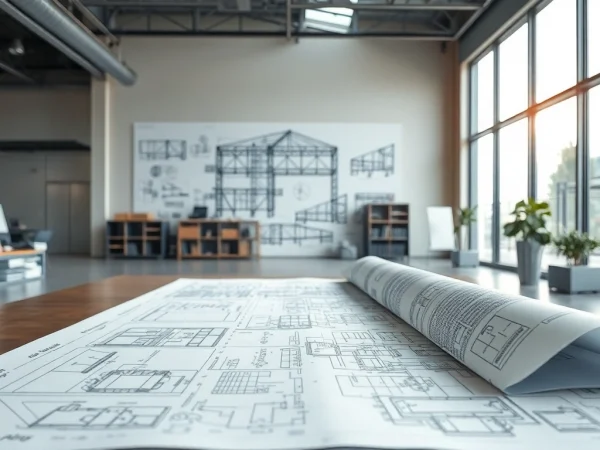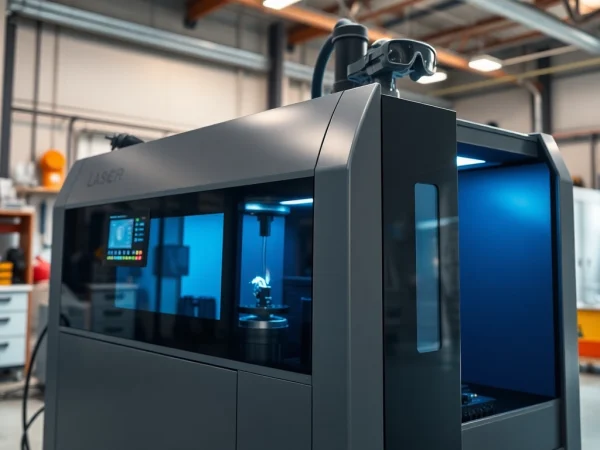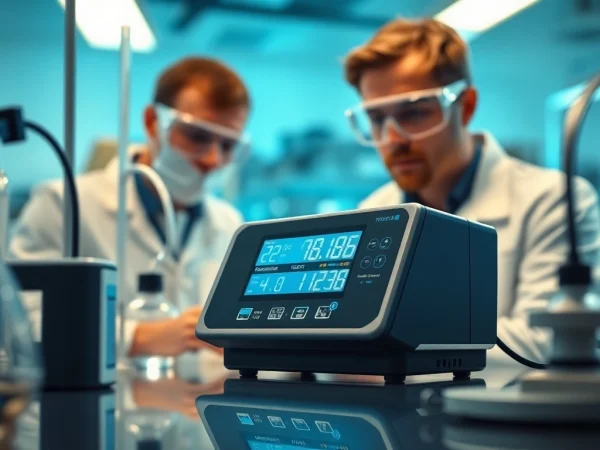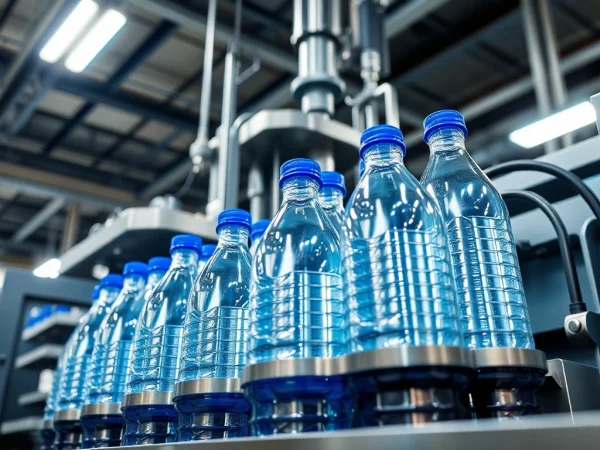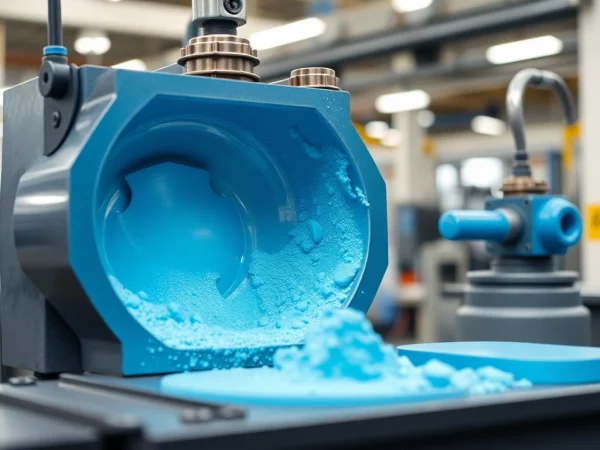Get the Best Performance with Our Top-rated Nitrogen Regulators for Various Applications
Understanding Nitrogen Regulators
Nitrogen regulators are essential devices that control the pressure of nitrogen gas coming from a cylinder to the required levels for various applications. These regulators ensure that the nitrogen is delivered at a consistent pressure, which is crucial for maintaining the integrity and functionality of equipment, especially in industries like food and beverage, HVAC, and welding. The importance of a quality nitrogen regulator cannot be understated; they not only protect your tools and equipment but enhance efficiency and safety in operations.
What is a Nitrogen Regulator?
A nitrogen regulator is a specialized valve used to manage the flow and pressure of nitrogen gas from a storage tank or cylinder. By reducing high-pressure gas to a lower, manageable pressure, nitrogen regulators allow users to perform various tasks safely and effectively. In essence, these devices act as a bridge between the nitrogen source and the equipment requiring nitrogen, ensuring accurate and controlled delivery.
Key Components and Their Functions
The operation of a nitrogen regulator revolves around several critical components:
- Inlet Connection: This connects the regulator to the nitrogen source, typically a high-pressure gas cylinder.
- Pressure Gauge: Monitors the outlet pressure, allowing users to see real-time data and make necessary adjustments.
- Regulating Mechanism: This component adjusts the flow of nitrogen, enabling the operator to set and maintain a specific pressure level.
- Outlet Connection: This part connects to the equipment or system using nitrogen, ensuring a secure seal and proper delivery.
Important Applications of Nitrogen Regulators
Nitrogen regulators have wide-ranging applications across various industries due to the versatility and utility of nitrogen gas:
- Food and Beverage: Used for packaging and preserving food items to prevent oxidation, extending shelf life.
- HVAC Systems: Essential for pressure testing and flushing systems to ensure efficiency and reliability.
- Welding and Fabrication: Used to provide shielding gas for welding processes, improving weld quality.
- Manufacturing Processes: Act as inert gases in chemical reactions, enhancing safety by preventing combustion.
Types of Nitrogen Regulators
Single vs. Dual Outlet Nitrogen Regulators
Nitrogen regulators can be classified based on their outlet configurations. Single outlet regulators are typically simpler and are used when the application requires only one gas line. In contrast, dual outlet regulators allow for the simultaneous operation of two devices, providing flexibility in high-demand situations. Users must evaluate their operational needs when selecting between these two types.
Adjustable vs. Preset Nitrogen Regulators
Adjustable nitrogen regulators allow users to set outlet pressure according to their operational requirements, making them highly versatile. These are ideal for applications where precise control of flow is critical. On the other hand, preset regulators come with predefined pressure settings and are used in situations where the application requires constant pressure, minimizing the risk of user error.
Specialized Models for HVAC and Industrial Use
Specialized nitrogen regulators are designed for specific applications, such as HVAC systems and industrial processes. For example, HVAC nitrogen regulators are constructed to handle the high pressures associated with system testing, whereas industrial regulators may feature rugged designs to withstand harsh operating conditions found in manufacturing environments.
How to Choose the Right Nitrogen Regulator
Assessing Your Pressure Requirements
When selecting a nitrogen regulator, it’s crucial to understand your specific pressure requirements. This involves knowing both the maximum pressure needed for your operations and the typical operating pressure to ensure you select a regulator capable of delivering the appropriate performance consistently.
Understanding Flow Rates and Their Impact
Flow rate is another critical factor when choosing a nitrogen regulator. It is defined as the amount of gas the regulator can provide within a specified time frame, typically measured in cubic feet per minute (CFM). Determining your flow rate requirements can help you avoid bottlenecks in operations, ensuring your processes run smoothly and efficiently.
Compatibility with Various Gas Cylinders
Not all nitrogen regulators are compatible with every gas cylinder type. It’s important to ensure that the regulator you choose is compatible with the specific size and connection type of your nitrogen cylinder. Compatibility issues can lead to dangerous situations due to improper fits or leaks, so verifying this aspect is essential.
Installation and Maintenance Tips
Step-by-Step Guide to Installing a Nitrogen Regulator
Proper installation of a nitrogen regulator is crucial for safety and performance. Follow these steps for a successful installation:
- Gather Necessary Tools: Ensure you have all required tools on hand, including wrenches, Teflon tape, and safety goggles.
- Check for Damage: Inspect both the regulator and cylinder for any signs of wear or damage before starting.
- Attach the Regulator: Securely attach the regulator to the nitrogen cylinder using appropriate tools and Teflon tape to ensure a leak-proof seal.
- Adjust the Pressure: Set the desired outlet pressure using the regulator’s adjusting knob.
- Test for Leaks: Use soapy water to check for leaks around all connection points before use.
Regular Maintenance Checks for Optimal Performance
Maintaining your nitrogen regulator is vital for ensuring longevity and performance efficiency. Regularly check the following:
- Pressure Gauge: Ensure gauges are functioning and providing accurate readings.
- Seals and Gaskets: Examine for signs of wear or damage; replace as necessary.
- Connections: Tighten any loose connections to prevent leaks.
- General Cleanliness: Keep the regulator clean and free from contaminants that could affect performance.
When to Replace Your Nitrogen Regulator
While regular maintenance can extend the life of your nitrogen regulator, eventually, you will need to consider replacement. Signs that a regulator may need replacing include:
- Inaccurate pressure readings.
- Visible wear or damage, particularly around the seals or gauge.
- Persistent leaks that cannot be resolved through tightening or maintenance efforts.
Maximizing Efficiency with Nitrogen Regulators
Best Practices for Using Nitrogen Regulators
To maximize efficiency when using nitrogen regulators, adhere to best practices such as:
- Regular training for operators on proper usage and safety precautions.
- Utilizing the right regulator for specific applications to enhance performance.
- Keeping equipment in optimal condition through routine inspections and maintenance.
Common Mistakes to Avoid
Avoiding specific mistakes can significantly improve the functionality and safety of nitrogen regulators. Common pitfalls include:
- Using the wrong regulator type for your application.
- Failing to conduct routine maintenance checks.
- Neglecting to monitor pressure levels consistently during operation.
Evaluating Performance Metrics After Installation
After installation, it’s essential to evaluate the performance of your nitrogen regulator to ensure it’s meeting the defined operational goals. Key metrics to assess include:
- Delivery Pressure: Ensure the regulator is consistently maintaining the set pressure.
- Flow Rate Efficiency: Evaluate if the regulator meets or exceeds the required flow rates.
- Safety Functionality: Keep track of any safety incidents or failures during operation to understand the regulator’s impact on overall safety.
